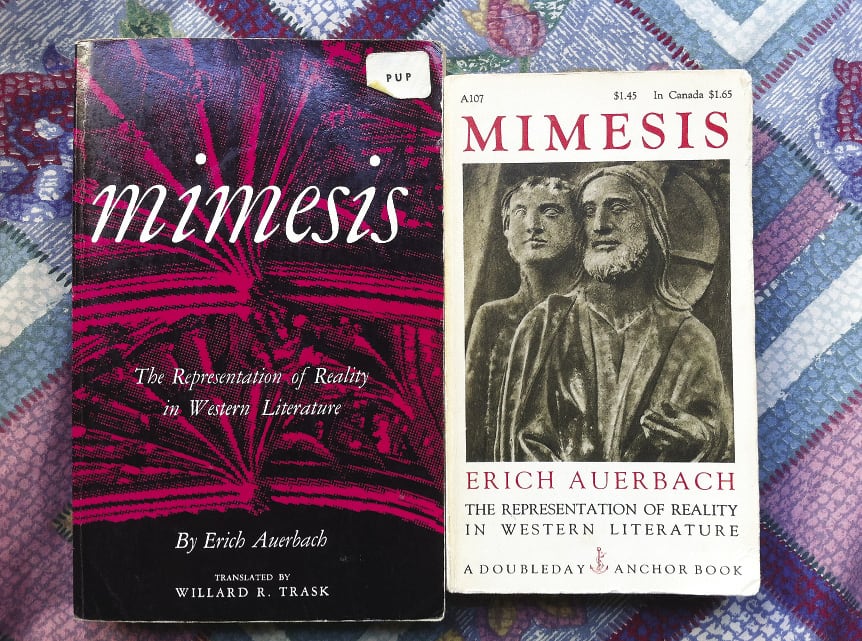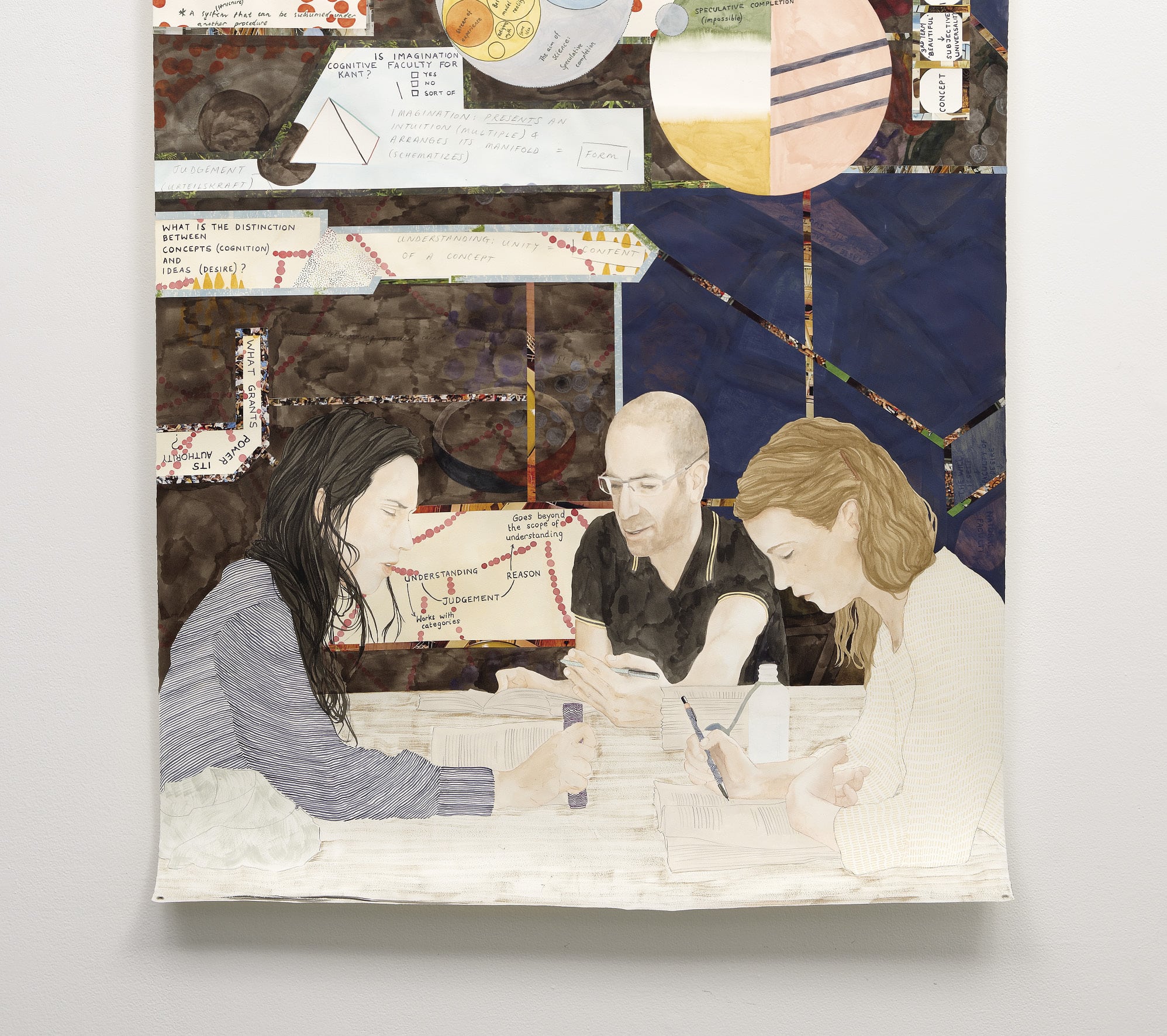
The question of research in relation to practice is one that every artist undertaking a PhD must struggle with. Below is an attempt to lay out my own understanding of this relationship as I enter the Winter of the final six months of my PhD candidature at Monash University.
For if, treating it [fine art] as a science, we were to ask for reasons and proofs, we would be put off with elegant phrases (bons mots).1
—Immanuel Kant
The idea of an art practice being, by default, a mode of research is relatively new, borne of pragmatism in the face of the widespread absorption of independent art schools into universities. Research is a term the university insists upon, and has itself shifted in meaning as educational institutions strain towards revenue and quantifiable outcomes to meet the demands of the market paradigm. The marriage between practice and research in the university context is often described as problematic, particularly by artists, but it is a relationship without which the study of art, and postgraduate study in particular, would not be able to exist in a contemporary university context.
Some might say this would not be a bad thing. It is not uncommon to hear members of the art world not affiliated with universities bemoaning the effect that too much study has on an artist’s practice. The complaint usually goes something like this: the written rationale for the work is very erudite, but the work itself, without that scaffold, falls flat, the practice having developed largely within the confines of an academic bubble. This is of course a generalisation, but it is an offshoot of an overarching circumstance, that in which research, not an essential principle for an art practice per se, has been introduced by the university as an essential condition of art production in that context.
Let us consider this from the artist’s point of view: Why would an artist choose to undertake postgraduate study, other than to teach? (As with any academic area, there are many more postgraduate students than teaching positions.) One cannot say in general that an academic context is bad for an artist’s practice, indeed many artists take up postgraduate study with an established practice that is ripe for rigorous theoretical consideration. Additionally, for many artists who live hand-to-mouth, funding their practice with part-time work, the prospect of a three year scholarship to focus deeply on one’s own practice is not an opportunity to be sniffed at.
One cannot be a postgraduate student of art nor an art academic without having one’s practice framed as research, indeed contributing to that framing. As is the case for an academic in any field these days, research outcomes are central to acquitting one’s position. For an academic, research constitutes any exhibitions, written texts and delivered conference papers that one might present. For a PhD student it is more prescriptive: the candidate is required to present an exhibition and submit a written thesis, usually around 30–40,000 words.
Exactly how might research be defined though, for artists in the university? My first port of call in seeking an answer to this question is the university itself. On the website of Monash Art Design and Architecture, the page dedicated to fine art research states:
The program is built on the concept that research in architecture, art, design and visual culture generally, is in the visual practice—the creative outcome is the research, and this builds bridges between professional practice and university research.2
To follow the logical thread of this statement, the creative outcome is the research, which functions to connect practice to university research. This raises two questions: firstly, what is university research, as against the creative outcome as research? And secondly, if the creative outcome is the research, how might we think about the written component of a thesis? On the same web page, there is also a distinction made between research method and research intention, dividing research into the How? and the What? though this does not clarify the relationship between practice and writing. The VCA website offers the following:
Research at the Victorian College of the Arts is characterised by multi-disciplinary, collaborative, and rigorous intellectual engagement. We research through both ‘traditional’ and ‘experimental’ modes, with particular attention to creative research, fusing theory and praxis.3
This is appealingly open and discursive, though it avoids making specific address to the weighting between practice as research and written research. RMIT’s website for fine art research states:
Research is undertaken through practice-led projects informed by theoretical enquiry; it may be interdisciplinary, collaborative or disciplinary and individualistic. Above all, research from the School of Art is contemporary, critically and creatively innovative, and outstandingly executed.4
Again, like Monash, RMIT flags the practice-based project as the research per se, informed by theoretical enquiry: so the written component serves to inform the practice, which is the research. If we then follow the law of averages and accept practical outcomes as the research, we find a situation in which written ideas are to be considered as something that supports research. Which begs the question: if a practice is itself research, why should it require this large amount of written support?
If an artist’s work is written on in such depth by someone other than the artist herself, it is a matter of critical interpretation, a dialogue created between the work and the viewer. Theoretical interpretations are often brought to artworks that were not themselves conceived on the same theoretical level. One sees many examples of this in the address to art made by philosophers.5 An artist’s writing on their own practice cannot serve this interpretative function. Rather it becomes a matter of offering a rationale for the work, which leads to another question: is it necessary for art to have such a rigorously constructed rationale? What happens to the interpretative possibilities for the work in the world if it is anchored by such a rationale? Of course it doesn’t always work like this structurally: many artists produce the work for their PhD before the written component, but the writing still reads, and is still framed as, a rationale.
I have long held the belief that if an idea for an artwork can be fully articulated in writing, one must question whether the work needs to be made at all. This is not to draw a hard line between writing and practice, but it is to say that a successful work of art, though it may engage language, requires something more than language too. Kant describes this elegantly, saying that art ‘enlivens the cognitive faculties, and with language, as a mere thing of the letter, combines spirit’.6
The same artwork might provide material for a complex theoretical argument, and offer simple enjoyment. If an artwork, as research, is underpinned by a weighty rationale, is such plurality still possible? Artistic outcomes do not have to embody the ideas that gave rise to them. The written component of my own PhD articulates an understanding of contemporary painting as a sort of ground within which I can work, rather than using the writing to rationalise the work’s specificity (a task which PhD students often seem wont to spray with spurious neologisms). In choosing this approach I risk failing, if the connection between writing and visual outcome is not explicit enough, but this is the only means by which I feel that the writing is offering something productive to my practice, rather than pinning it down.
For any artist, I would argue, not knowing is an important part of the process. One doesn’t always need a hypothesis to make a discovery, nor to produce meaningful art. This, again, is something that Kant has articulated: ‘what one can do the moment one only knows what is to be done, hence without anything more than sufficient knowledge of the desired result, is not called art’.7 The argument is not that art is bereft of knowledge; rather that the production of art requires something more than knowledge.
Helen Johnson is a visual artist and a writer. Based in Melbourne, she is currently a PhD candidate at Monash University.

